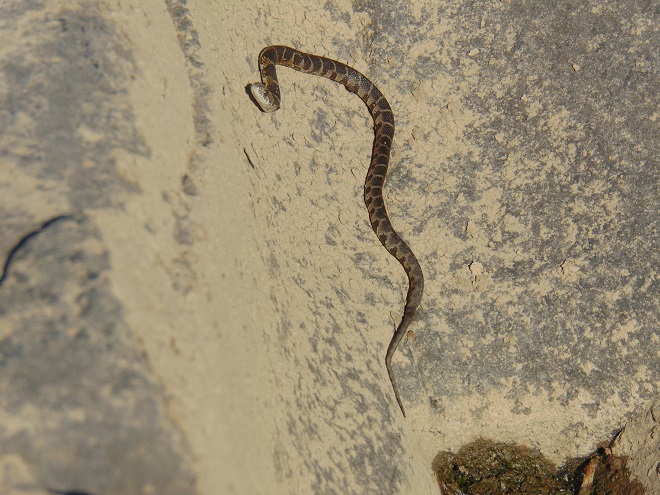Following a frosty night, sunny skies and a south breeze brought lots of action to the headquarters garden this morning. Take a look…







LIFE IN THE LOWER SUSQUEHANNA RIVER WATERSHED
A Natural History of Conewago Falls—The Waters of Three Mile Island
Following a frosty night, sunny skies and a south breeze brought lots of action to the headquarters garden this morning. Take a look…






As week-old snow and ice slowly disappears from the Lower Susquehanna River Watershed landscape, we ventured out to see what might be lurking in the dense clouds of fog that for more than two days now have accompanied a mid-winter warm spell.

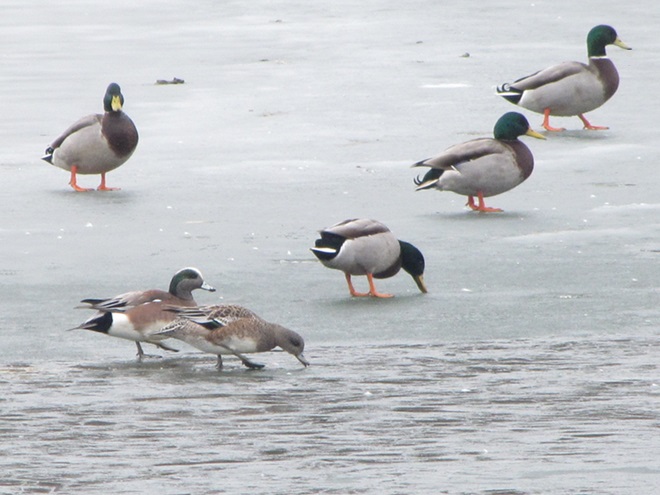
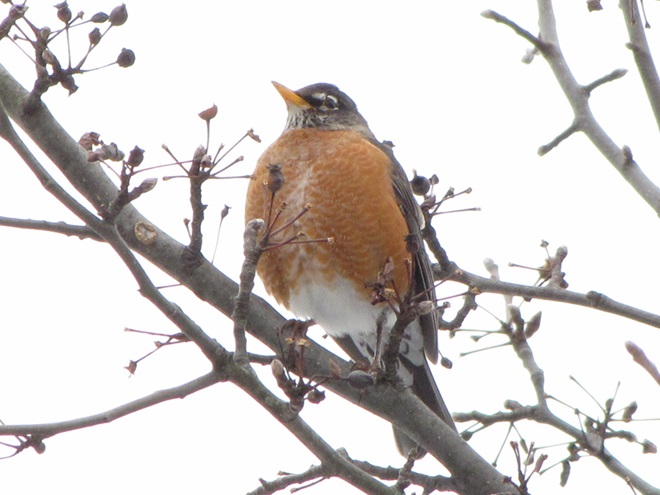
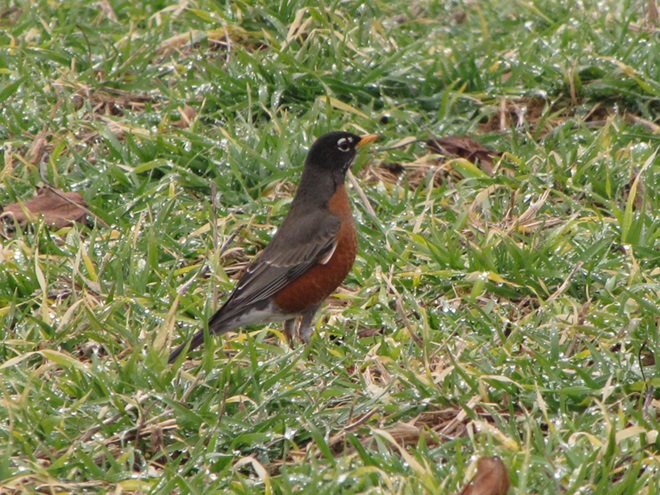



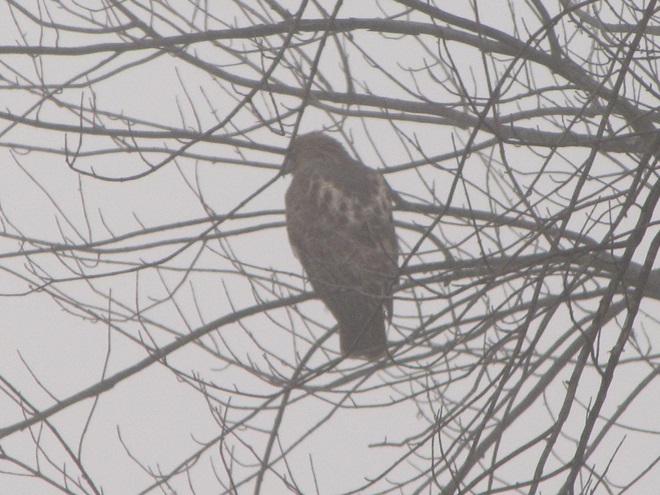
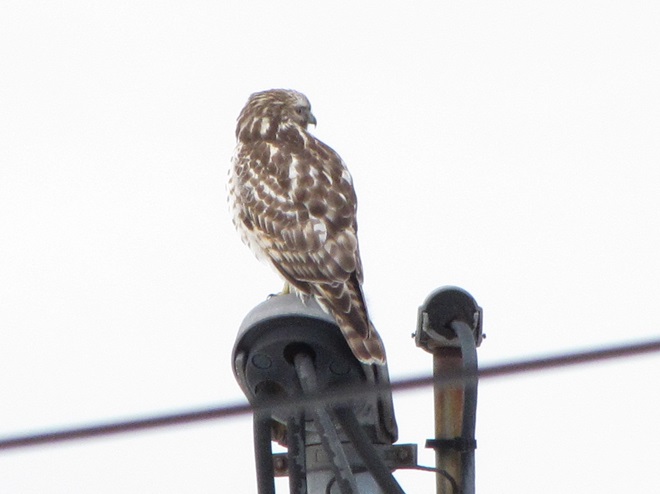

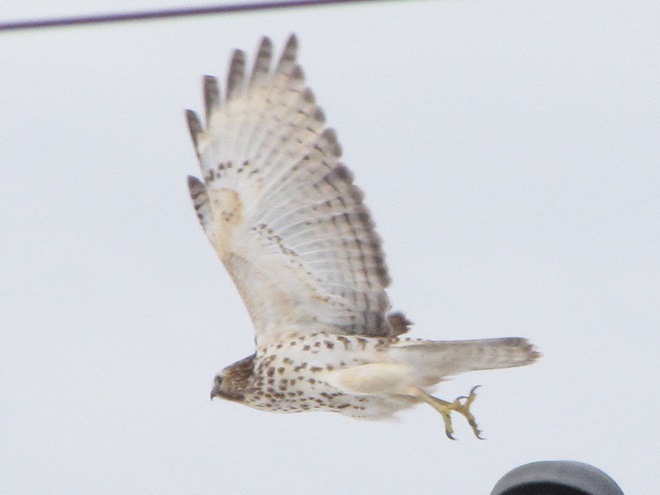


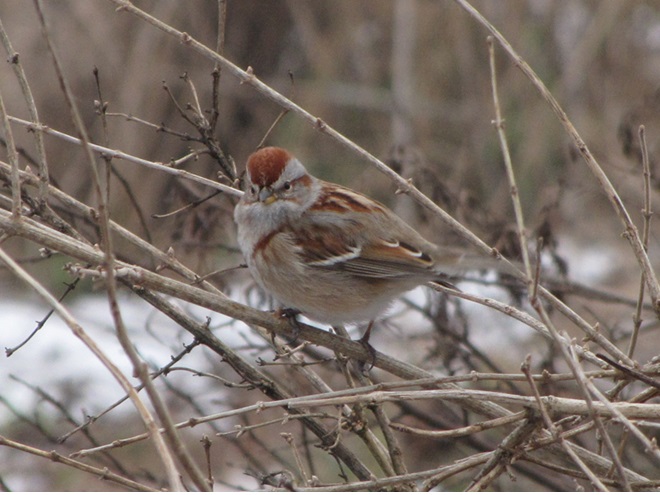

If scenes of a January thaw begin to awaken your hopes and aspirations for all things spring, then you’ll appreciate this pair of closing photographs…
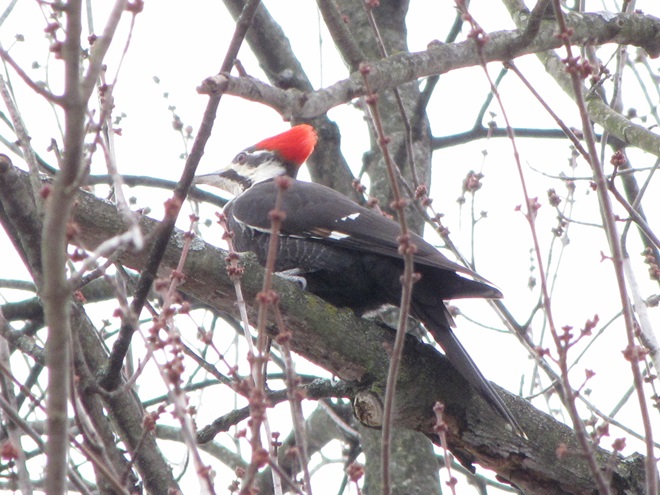

While trimming the trees and shrubs in the susquehannawildlife.net garden, it didn’t seem particularly unusual to hear the resident Carolina Chickadees and Carolina Wrens scolding our every move. But after a while, their persistence did seem a bit out of the ordinary, so we took a little break to have a look around…



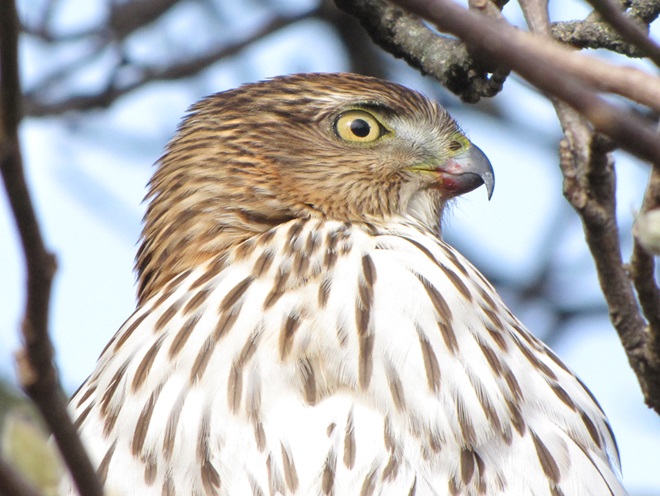
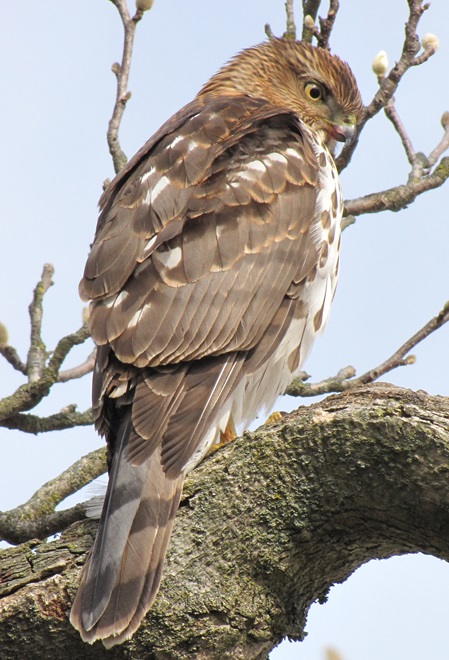

Here at susquehannawildlife.net headquarters, we are visited by Cooper’s Hawks for several days during the late fall and winter each year. The small birds that visit our feeders have plenty of trees, shrubs, vines, and other natural cover in which to hide from raptors and other native predators. We don’t create unnatural concentrations of birds by dumping food all over the place. We try to keep our small birds healthy by sparingly offering fresh seed and other provisions in clean receptacles to provide a supplement to the seeds, fruits, insects, and other foods that occur naturally in the garden. With only a few vulnerable small birds around, the Cooper’s Hawks visit just long enough to cull out our weakest individuals before moving elsewhere. While they’re in our garden, they too are our welcomed guests.
With nearly all of the Neotropical migrants including Broad-winged Hawks gone for the year, observers and counters at eastern hawk watches are busy tallying numbers of the more hardy species of diurnal raptors and other birds. The majority of species now coming through will spend the winter months in temperate and sub-tropical areas of the southern United States and Mexico.
Here is a quick look at the raptors seen this week at two regional counting stations: Kiptopeke Hawk Watch near Cape Charles, Virginia, and Second Mountain Hawk Watch at Fort Indiantown Gap, Pennsylvania.
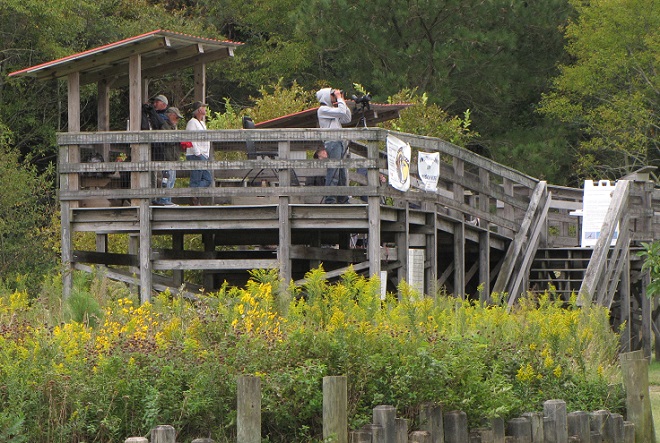
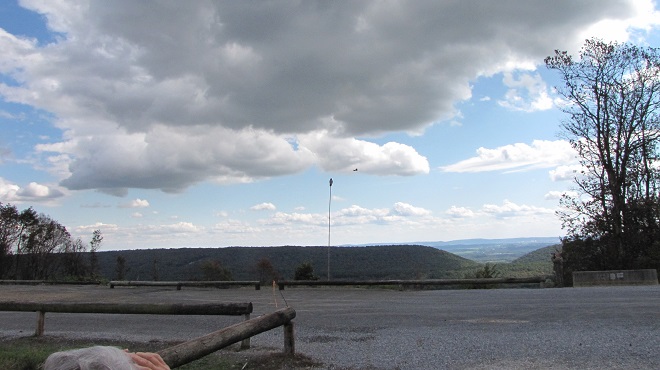


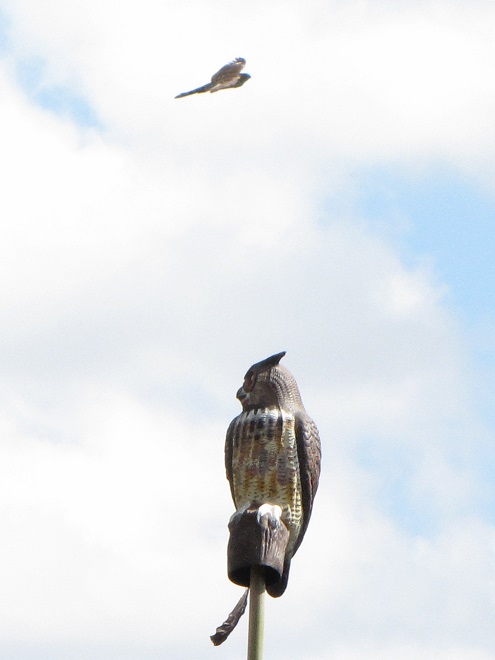

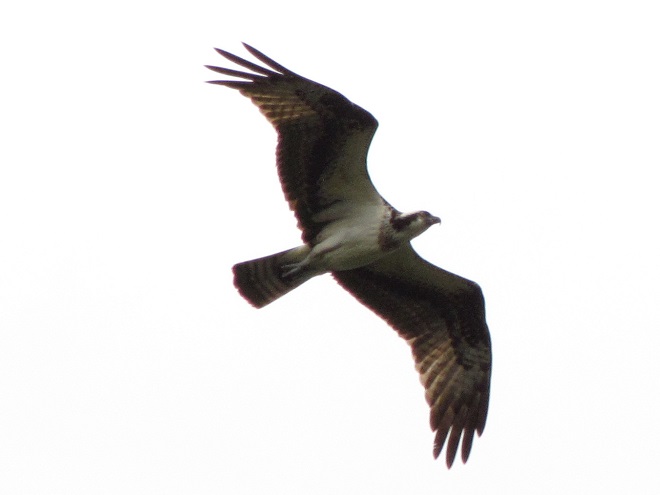

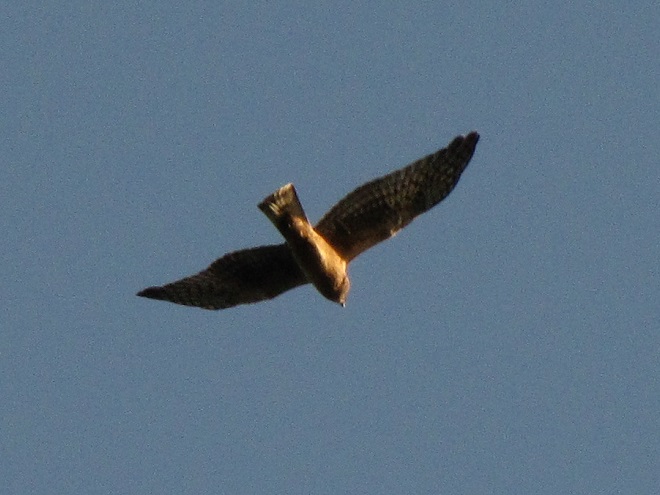

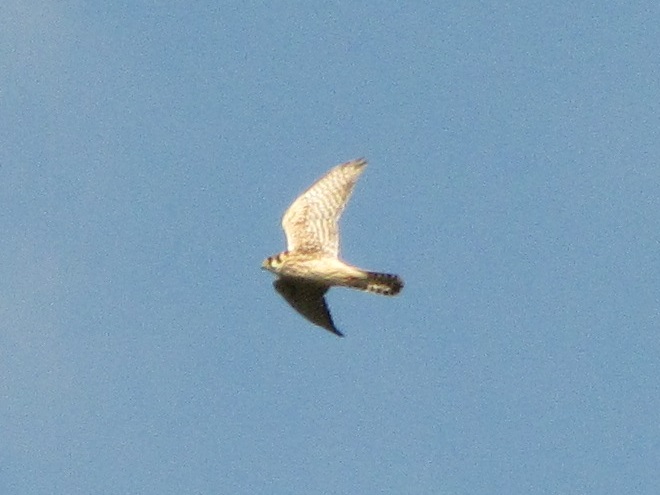
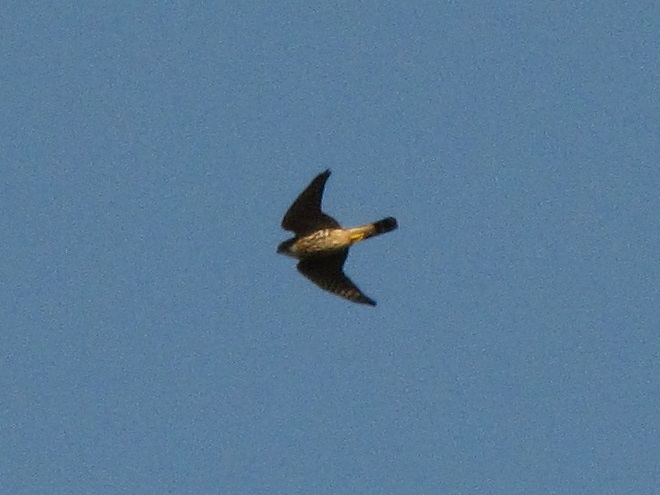

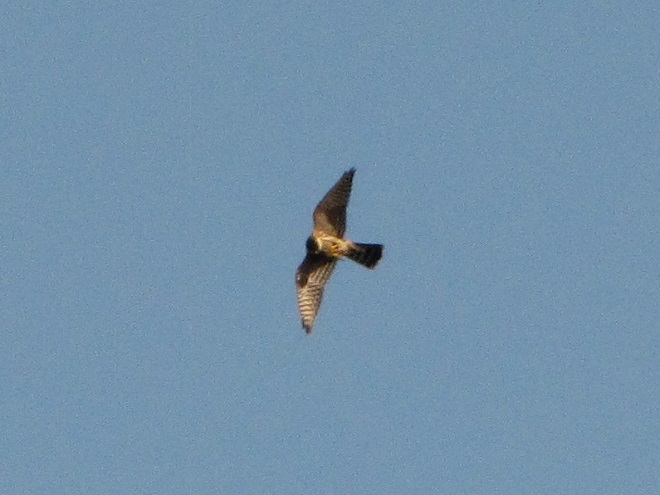

During coming days, fewer and fewer of these birds will be counted at our local hawk watches. Soon, the larger raptors—Red-tailed Hawks, Red-shouldered Hawks, and Golden Eagles—will be thrilling observers. Cooler weather will bring several flights of these spectacular species. Why not plan a visit to a lookout near you? Click on the “Hawkwatcher’s Helper: Identifying Bald Eagles and other Diurnal Raptors” tab at the top of this page for site information and a photo guide to identification. See you at the hawk watch!

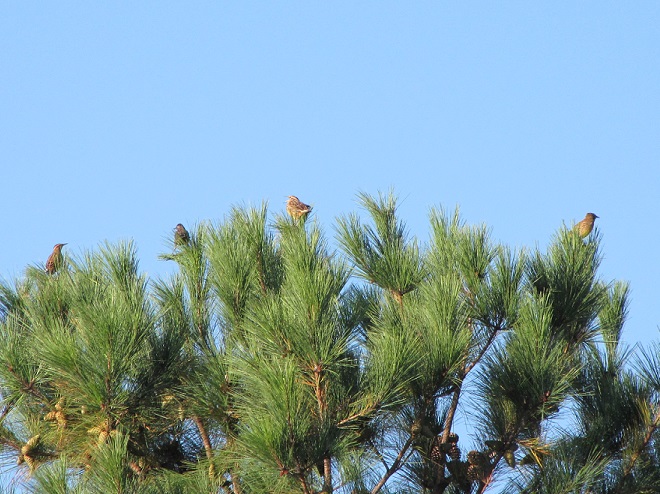
Flights of southbound Broad-winged Hawks have joined those of other Neotropical migrants to thrill observers with spectacular numbers. In recent days, thousands have been seen and counted at many of the regions hawkwatching stations. Now is the time to check it out!
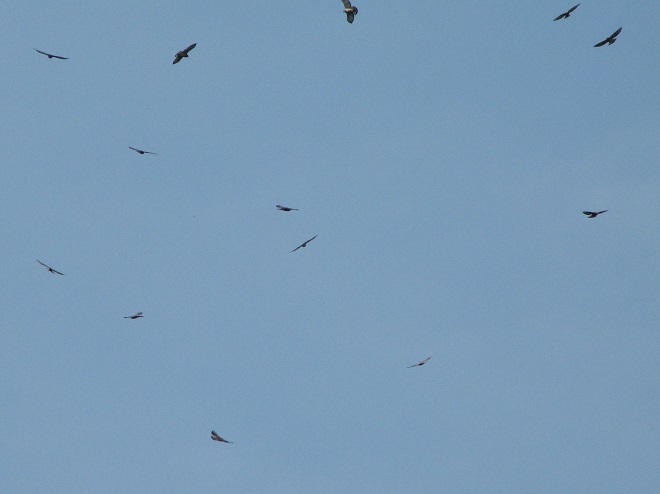


Other diurnal migrants are on the move as well…



Adding to the diversity of sightings, there are these diurnal raptors arriving in the area right now…
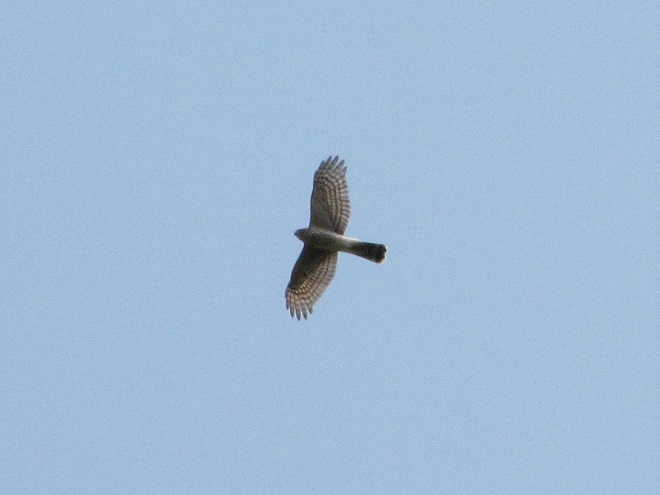
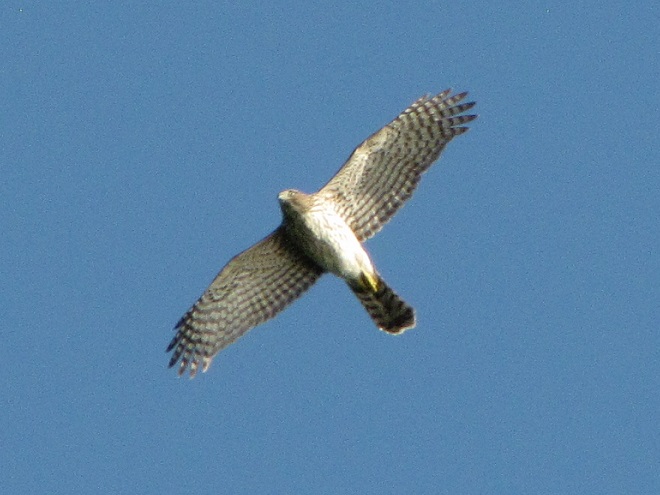

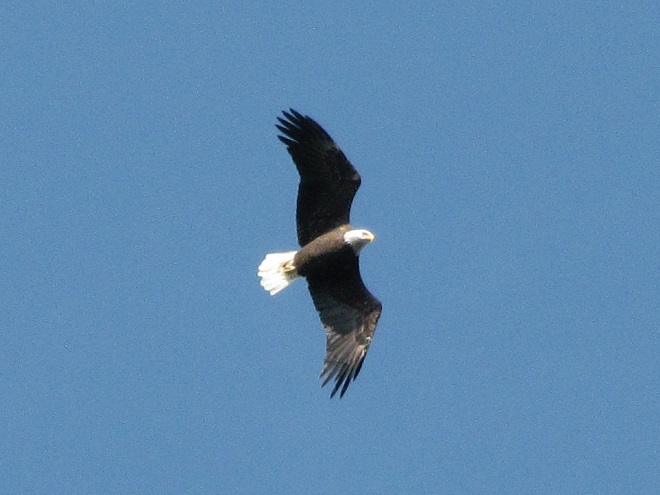
For more information and directions to places where you can observe migrating hawks and other birds, be certain to click the “Hawkwatcher’s Helper” tab at the top of this page.
Early October is prime time for hawk watching, particularly if you want to have the chance to see the maximum variety of migratory species. In coming days, a few Broad-winged Hawks and Ospreys will still be trickling through while numbers of Sharp-shinned Hawks, Cooper’s Hawks, Northern Harriers, and falcons swell to reach their seasonal peak. Numbers of migrating Red-tailed and Red-shouldered Hawks are increasing during this time and late-season specialties including Golden Eagles can certainly make a surprise early visit.
If you enjoy the outdoors and live in the southernmost portion of the lower Susquehanna valley, Rocky Ridge County Park in the Hellam Hills just northwest of York, Pennsylvania, is a must see. The park consists of oak forest and is owned and managed by the York County Parks Department. It features an official hawk watch site staffed by volunteers and park naturalists. Have a look.

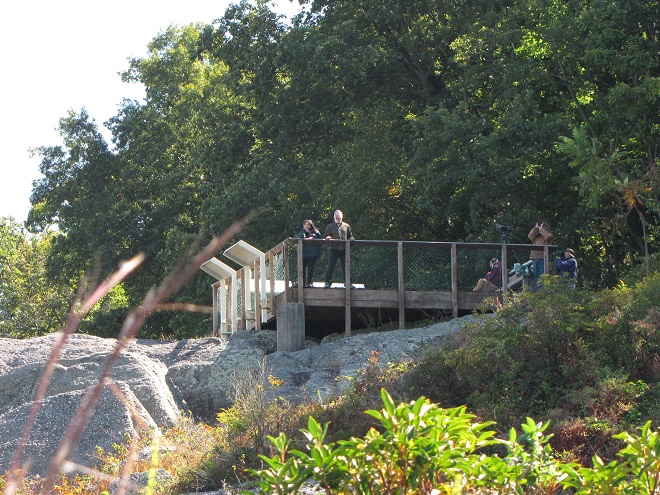


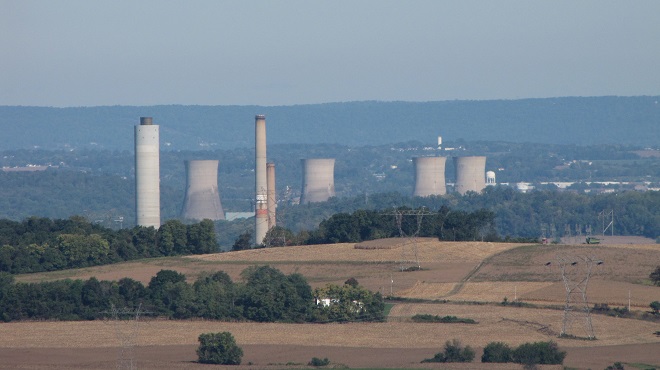

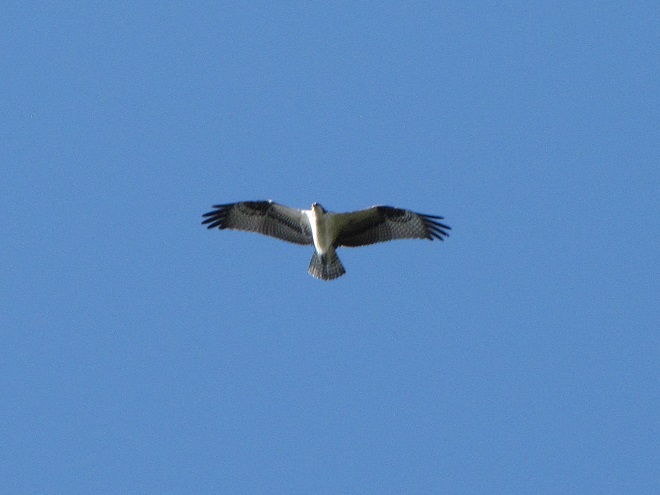


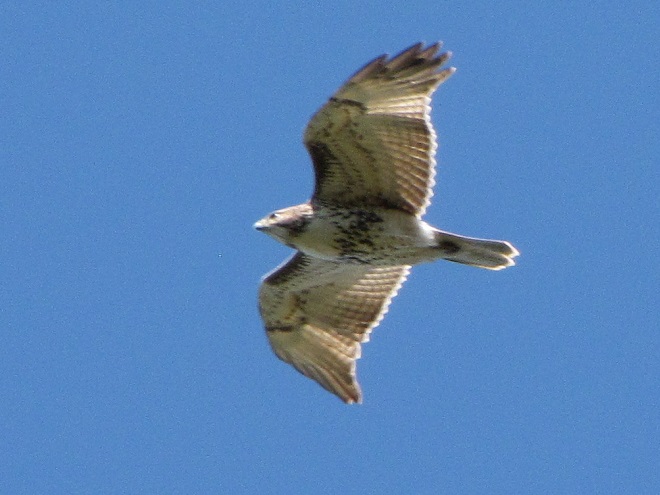
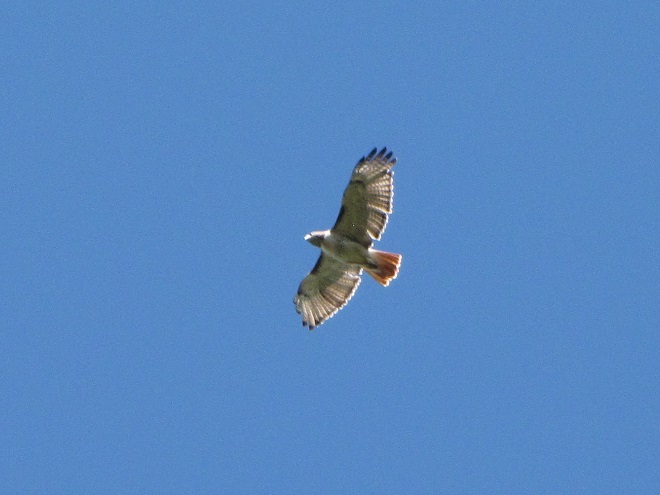
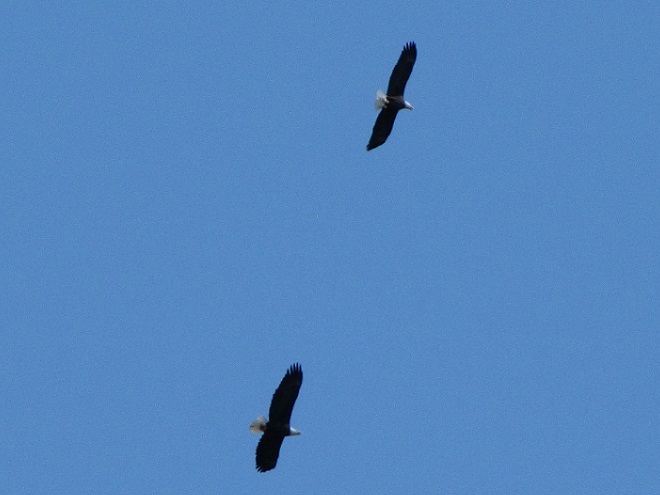

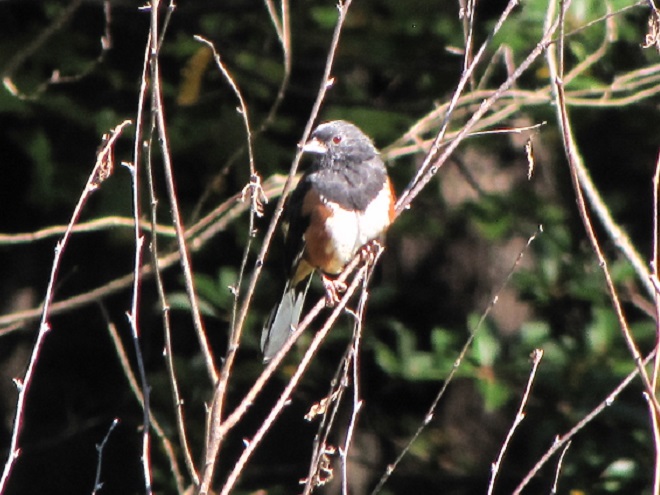

If you’re a nature photographer, you might be interested to know that there are still hundreds of active butterflies in Rocky Ridge’s utility right-of-way. Here are a few.


To see the daily totals for the raptor count at Rocky Ridge Hawk Watch and other hawk watches in North America, and to learn more about each site, be certain to visit hawkcount.org
If it can fly, there’s a pretty good chance it was at Second Mountain today.
What follows is a photographic chronology of some of today’s sightings at Second Mountain Hawk Watch at Fort Indiantown Gap in Lebanon County, Pennsylvania. We begin with some of the hundreds of migratory songbirds found at the base of the mountain along Cold Spring Road near Indiantown Run during the early morning, then we continue to the lookout for the balance of the day.
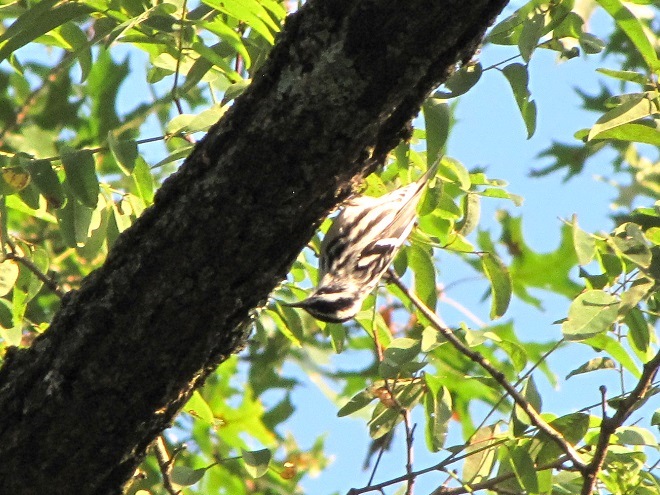



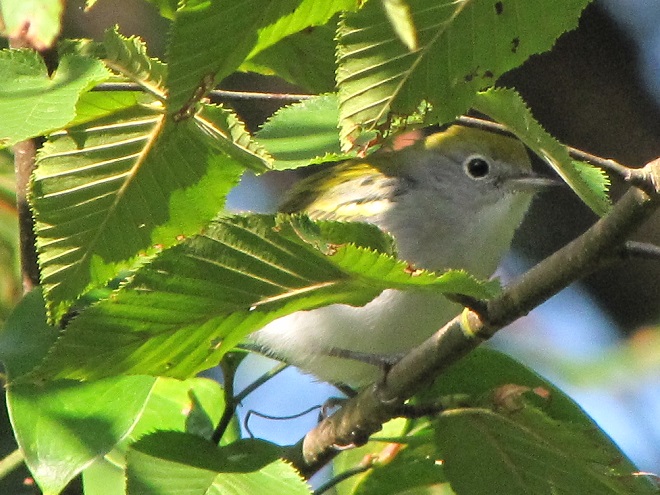

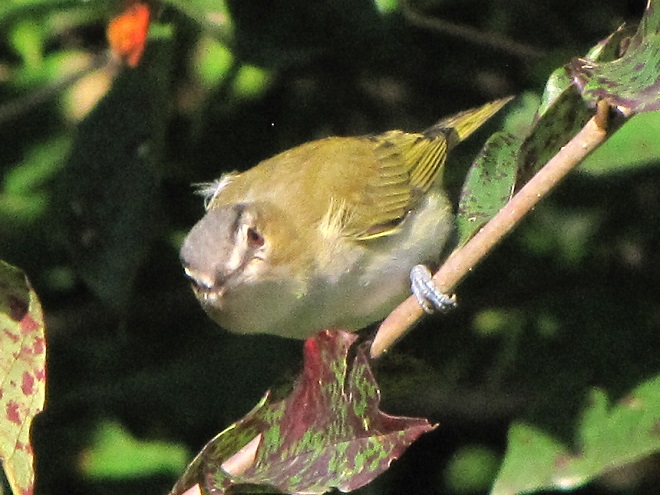

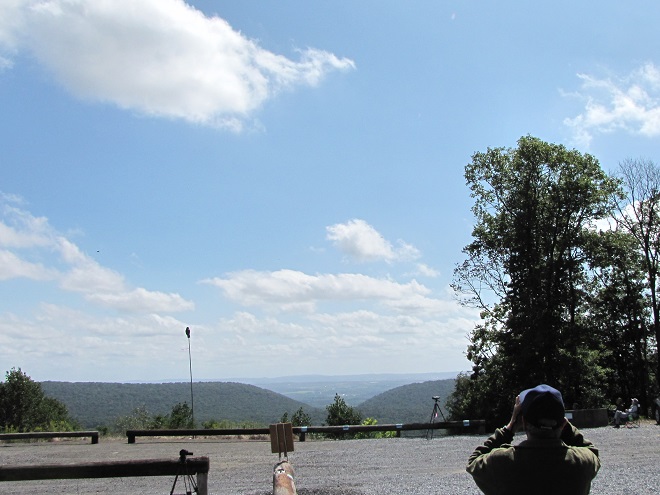
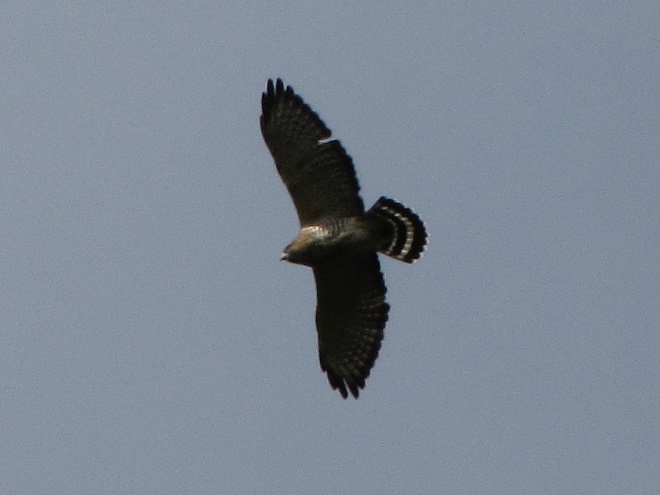

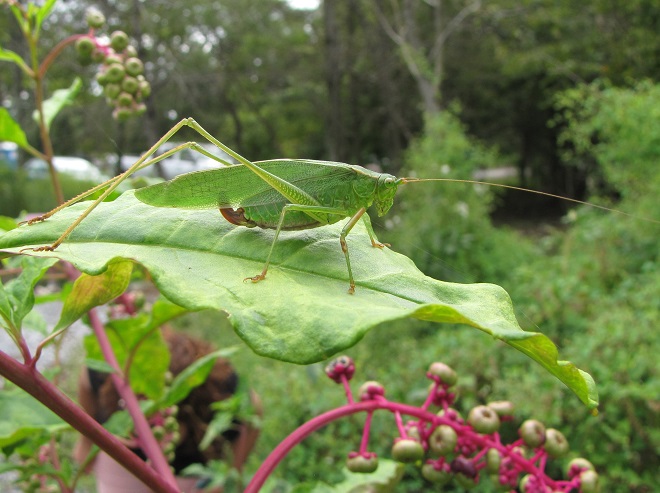

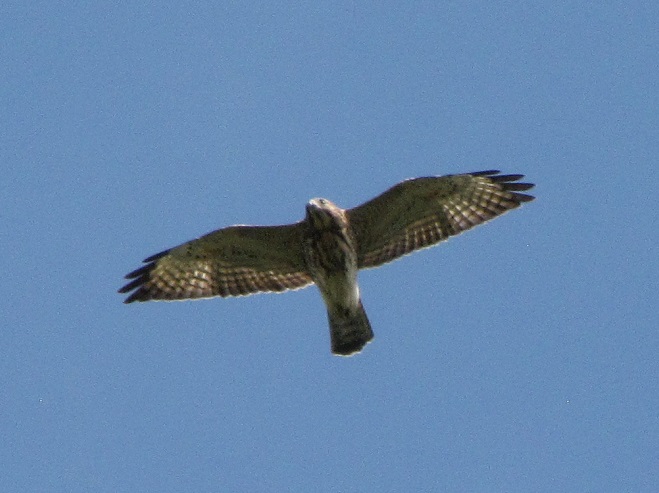




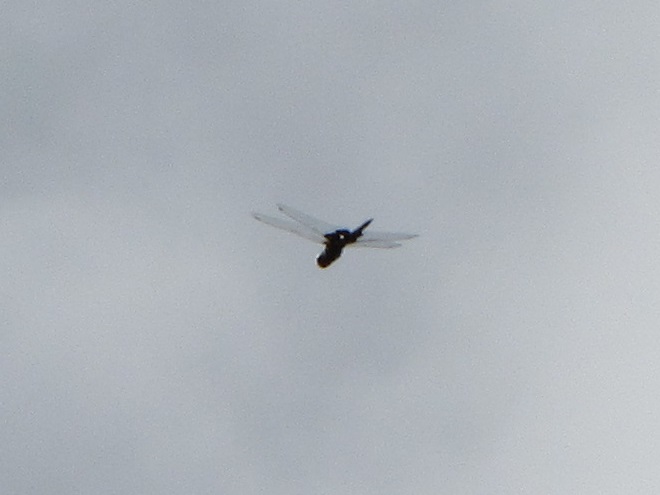
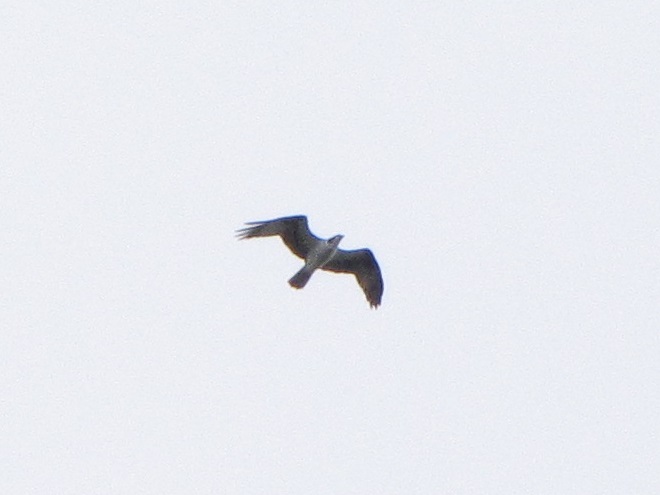
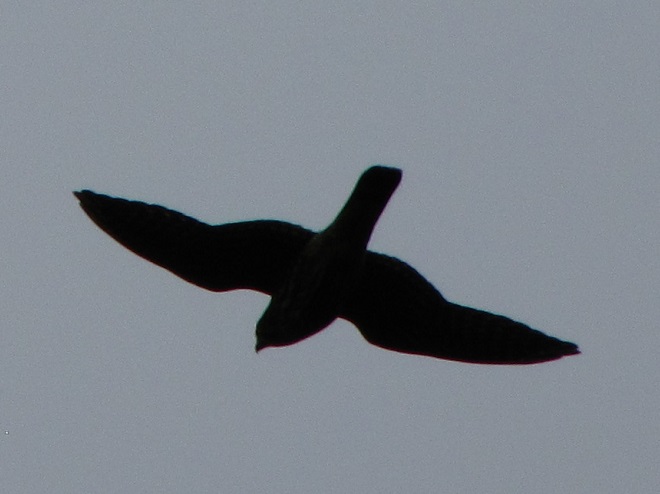


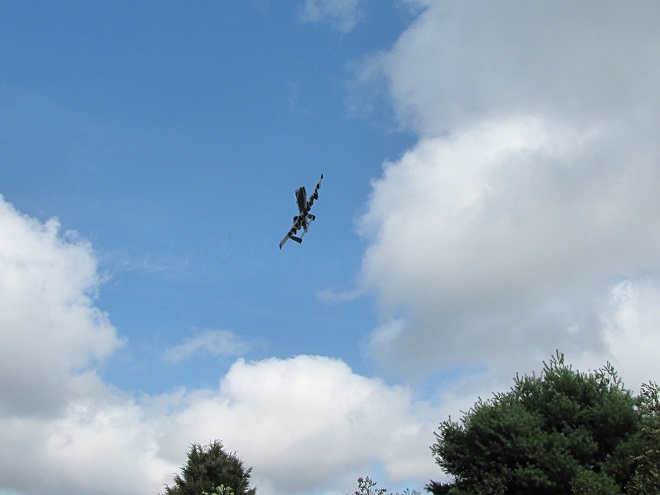
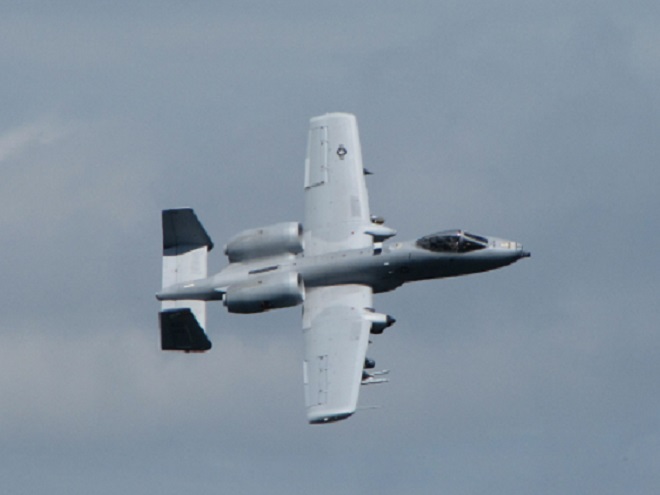
The total number of Broad-winged Hawks observed migrating past the Second Mountain lookout today was 619. To see the daily raptor counts for Second Mountain and other hawk watches in North America, and to learn more about each site, be sure to visit hawkcount.org
Inside the doorway that leads to your editor’s 3,500 square foot garden hangs a small chalkboard upon which he records the common names of the species of birds that are seen there—or from there—during the year. If he remembers to, he records the date when the species was first seen during that particular year. On New Year’s Day, the results from the freshly ended year are transcribed onto a sheet of notebook paper. On the reverse, the names of butterflies, mammals, and other animals that visited the garden are copied from a second chalkboard that hangs nearby. The piece of paper is then inserted into a folder to join those from previous New Year’s Days. The folder then gets placed back into the editor’s desk drawer beneath a circular saw blade and an old scratched up set of sunglasses—so that he knows exactly where to find it if he wishes to.
A quick glance at this year’s list calls to mind a few recollections.


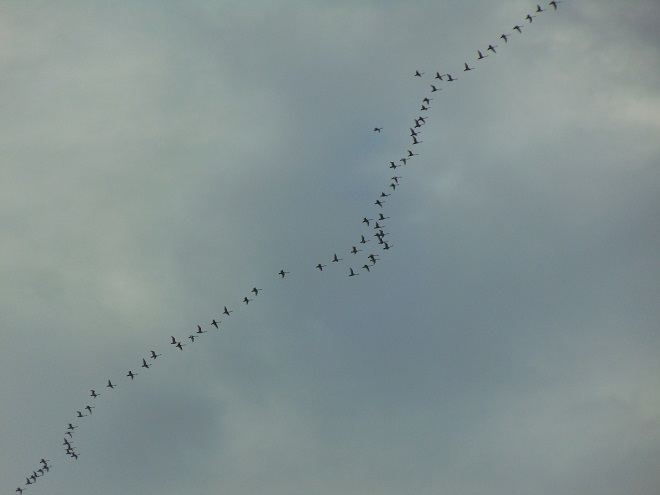
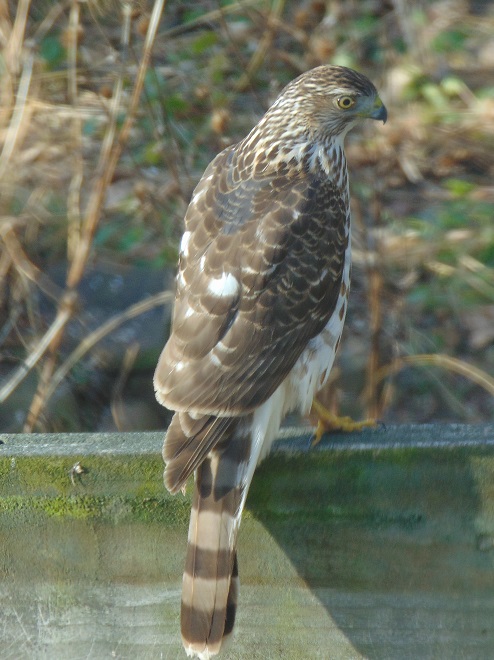


Before putting the folder back into the drawer for another year, the editor decided to count up the species totals on each of the sheets and load them into the chart maker in the computer.
 Despite the habitat improvements in the garden, the trend is apparent. Bird diversity has not cracked the 50 species mark in 6 years. Despite native host plants and nectar species in abundance, butterfly diversity has not exceeded 10 species in 6 years.
Despite the habitat improvements in the garden, the trend is apparent. Bird diversity has not cracked the 50 species mark in 6 years. Despite native host plants and nectar species in abundance, butterfly diversity has not exceeded 10 species in 6 years.
It appears that, at the very least, the garden habitat has been disconnected from the home ranges of many species by fragmentation. His little oasis is now isolated in a landscape that becomes increasingly hostile to native wildlife with each passing year. The paving of more parking areas, the elimination of trees, shrubs, and herbaceous growth from the large number of rental properties in the area, the alteration of the biology of the nearby stream by hand-fed domestic ducks, light pollution, and the outdoor use of pesticides have all contributed to the separation of the editor’s tiny sanctuary from the travel lanes and core habitats of many of the species that formerly visited, fed, or bred there. In 2019, migrants, particularly “fly-overs”, were nearly the only sightings aside from several woodpeckers, invasive House Sparrows (Passer domesticus), and hardy Mourning Doves. Even rascally European Starlings became sporadic in occurrence—imagine that! It was the most lackluster year in memory.


If habitat fragmentation were the sole cause for the downward trend in numbers and species, it would be disappointing, but comprehendible. There would be no cause for greater alarm. It would be a matter of cause and effect. But the problem is more widespread.
Although the editor spent a great deal of time in the garden this year, he was also out and about, traveling hundreds of miles per week through lands on both the east and the west shores of the lower Susquehanna. And on each journey, the number of birds seen could be counted on fingers and toes. A decade earlier, there were thousands of birds in these same locations, particularly during the late summer.

In the lower Susquehanna valley, something has drastically reduced the population of birds during breeding season, post-breeding dispersal, and the staging period preceding autumn migration. In much of the region, their late-spring through summer absence was, in 2019, conspicuous. What happened to the tens of thousands of swallows that used to gather on wires along rural roads in August and September before moving south? The groups of dozens of Eastern Kingbirds (Tyrannus tyrannus) that did their fly-catching from perches in willows alongside meadows and shorelines—where are they?
Several studies published during the autumn of 2019 have documented and/or predicted losses in bird populations in the eastern half of the United States and elsewhere. These studies looked at data samples collected during recent decades to either arrive at conclusions or project future trends. They cite climate change, the feline infestation, and habitat loss/degradation among the factors contributing to alterations in range, migration, and overall numbers.
There’s not much need for analysis to determine if bird numbers have plummeted in certain Lower Susquehanna Watershed habitats during the aforementioned seasons—the birds are gone. None of these studies documented or forecast such an abrupt decline. Is there a mysterious cause for the loss of the valley’s birds? Did they die off? Is there a disease or chemical killing them or inhibiting their reproduction? Is it global warming? Is it Three Mile Island? Is it plastic straws, wind turbines, or vehicle traffic?
The answer might not be so cryptic. It might be right before our eyes. And we’ll explore it during 2020.
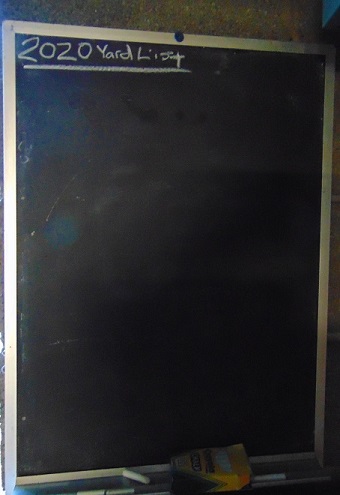
In the meantime, Uncle Ty and I going to the Pennsylvania Farm Show in Harrisburg. You should go too. They have lots of food there.
The NOAA National Weather Service radar images from last evening provided an indication that there may be a good fallout of birds at daybreak in the lower Susquehanna valley. The moon was bright, nearly full, and there was a gentle breeze from the north to move the nocturnal migrants along. The conditions were ideal.

The Riparian Woodlands at Conewago Falls were alive with migrants this morning. American Robins and White-throated Sparrows were joined by new arrivals for the season: Brown Creeper (Certhia americana), Ruby-crowned Kinglets (Regulus calendula), Golden-crowned Kinglets (Regulus satrapa), Dark-eyed Junco (Junco hyemalis), and Yellow-rumped Warbler (Setophaga coronata). These are the perching birds one would expect to have comprised the overnight flight. While the individuals that will remain may not yet be among them, these are the species we will see wintering in the Mid-Atlantic states. No trip to the tropics for these hardy passerines.
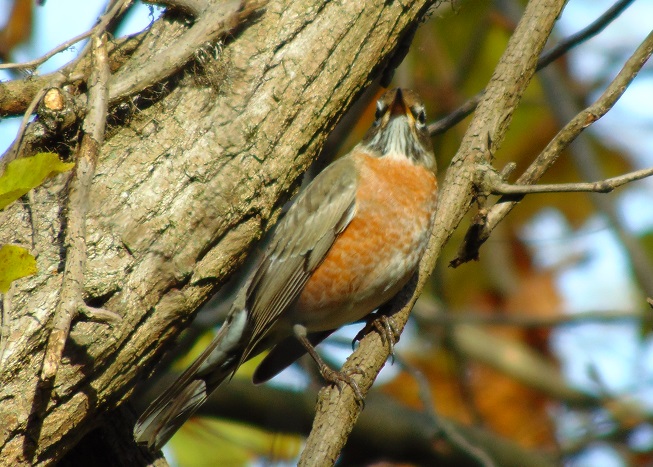

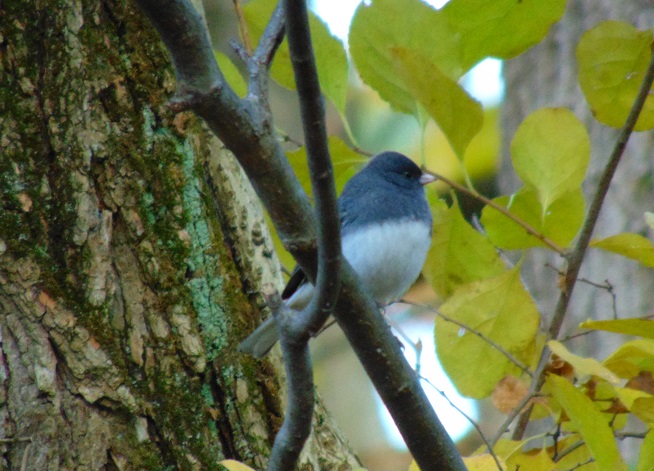


A moderate breeze from the south placed a headwind into the face of migrants trying to wing their way to winter quarters. The urge to reach their destination overwhelmed any inclination a bird or insect may have had to stay put and try again another day.
Blue Jays were joined by increasing numbers of American Robins crossing the river in small groups to continue their migratory voyages. Killdeer (Charadrius vociferous) and a handful of sandpipers headed down the river route. Other migrants today included a Cooper’s Hawk (Accipiter cooperii), Eastern Bluebirds (Sialia sialis), and a few Common Mergansers (Mergus merganser), House Finches (Haemorhous mexicanus), and Common Grackles (Quiscalus quiscula).
The afternoon belonged to the insects. The warm wind blew scores of Monarchs toward the north as they persistently flapped on a southwest heading. Many may have actually lost ground today. Painted Lady (Vanessa cardui) and Cloudless Sulphur butterflies were observed battling their way south as well. All three of the common migrating dragonflies were seen: Common Green Darner (Anax junius), Wandering Glider (Pantala flavescens), and Black Saddlebags (Tramea lacerata).
The warm weather and summer breeze are expected to continue as the rain and wind from Hurricane Nate, today striking coastal Alabama and Mississippi, progresses toward the Susquehanna River watershed during the coming forty-eight hours.

